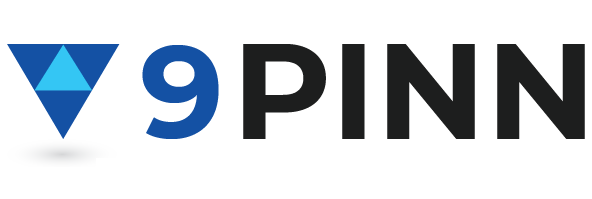Bloggers understands how crucial it is to entice both search engines and visitors when writing high-quality content. However, content alone is insufficient. Internal linking exists to help your SEO by directing traffic to other pages of your website. Internal links are vital for any website because it aids in the establishment of site architecture and the distribution of ways to express. In its most basic form, internal linking refers to any link from one page of a website to another page inside the same site. It can link to a category or the main site navigation or a link within an article redirecting the user to related material. It has various benefits, including increased page authority, usability, links between web pages, user experience, and improvement in search result rankings. This blog provides some important insights on why you should prioritize internal linking for SEO.
- 1. Improved usability through anchor texts
Internal links help users explore different domains of your website. By including appropriate and user-friendly links within your content, you will make it easier for your readers to understand the topic. Your anchor texts must direct your viewers to material that is interesting and related to their interests. For example, you can link the visitor to a previous article presenting info preventing the same additional content via internal linking if you’re discussing many content issues.
Also, avoid over-optimizing your anchor texts as it might harm your website. Earlier, you could assign the same keyword to all anchor texts, and Google would boost your website’s ranking for that term. Google is now intelligent enough to recognize that the anchor text’s content reveals more about the relevance of a keyword than the anchor texts themselves. Ensure the anchor text in your material seems natural; though it’s fine to utilize keywords, don’t use the same keywords in all the anchor text links.
- 2. Increase backlinking power
It is critical to increasing your authority over other websites while focusing on backlinks. Internal linking facilitates the transmission of backlinking power to other pages on your website. When you generate backlinks to a specific page on your website, it increases the backlinking power. Understanding how this goes through your internal links is the most important aspect of SEO. Google splits link value amongst all links on a web page to comprehend the relationship between content on the website. The homepage of a website usually has the highest link value because it has the most backlinks. This link value will be shared by all of the links on that homepage. The link value provided to the next page will be distributed among the links on that page, and so on.
- 3. Boost page views
As previously mentioned, relevant anchor texts can assist users in navigating through your blog. If the material you provide through an internal link is of interest to your viewers, they will be more likely to read more articles on your website. This contributes to an increase in the conversion rate of your website. Proper internal linking will increase the discovery of new users to your website since followed links usually enhance page views. To be completely effective, make sure your page speed has been optimized to prevent unnecessary bounce rates. When you understand that internal links pass on to the website’s link value, you’ll realize that more links to a post equal more value. Because Google considers a page with many valuable links to be more essential, you will enhance the chances of increased page views.
- 4. Improved page rank
Before we get into page ranking benefits of internal linking, it is important to understand what page rank is. Search engines like google create a metric to assess the value of web pages based on the number of backlinks they generate. The score ranges from 0 to 10, and even though the topic is widely debated in the SEO world, Google uses this metric as a ranking component. A high-ranked webpage can boost its page rank even more by spreading the backlinks to other pages linked to it. Those pages will receive a small rise in authority, followed by a boost in rankings resulting from the increased backlinking power. Your content will not rank if it lacks links! With an effective internal linking approach, you can demonstrate which material is linked and which of your posts are the most helpful and important. If you use internal links properly, both Google and your users will better understand your site, increasing your chances of ranking.
- 5. Increased user time on your website
Linking pages to relevant content can help you boost time spent on your site and reduce bounce rates. The term “bounce rate” refers to a visitor who only views one page and then departs your website. You may lower the bounce rate by keeping users on your site longer if the material you’re internally connecting to is very helpful to the user.
- 6. Easier indexing
Search engine bots are intended to mimic a user’s thought process. They will learn about your site and follow all of the easily searchable links and pages. Building a solid and intelligent internal architecture will assist bots in discovering deeper sites that are not frequently viewed. These links can help other pages on your website rank higher and help you rank higher overall.

